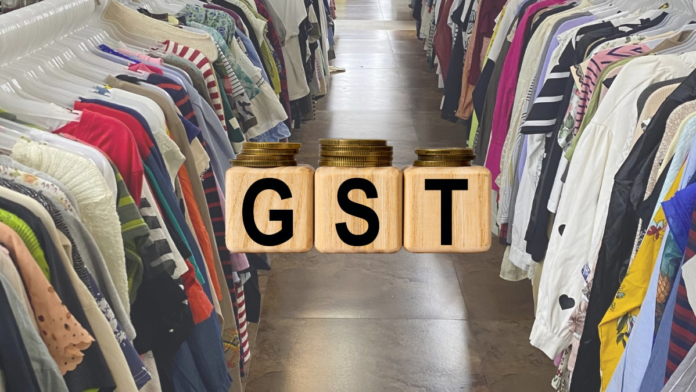Some of the country’s top value apparel retailers such as V-Mart Retail, V2 Retail and Vishal Mega Mart expect festive sales to grow by 20% this year on the back of GST cuts, top executives said.
The number is almost double of the about 10-12% sales growth that the chains have seen in the last few years, according to sector experts.
ALSO READTata board divided over Chandrasekaran? Noel against board’s decision of a third term: Report
The GST Council, in its meeting earlier this month, had brought apparel up to Rs 2,500 under the 5% tax bracket, while garments above Rs 2,500 will attract an 18% GST.
Mid-priced segment to drive growth
Lalit Agarwal, founder and MD, V-Mart Retail, said the tax cuts would push up sales in the mid-priced value segment (between Rs 1,000 and Rs 2,500), which constitutes about 20-25% of its sales.
“As a value retailer, we had nearly 75-80% of our apparel priced under Rs 1,000, which attracted a 5% GST. Increasing this threshold to Rs 2,500 will mean that demand in the mid-priced value segment will improve. This is a positive for us,” Agarwal said.
Akash Agarwal, whole-time director, V2 Retail, believes that there is buoyancy in the market following the GST cuts. “With common-man items in general getting cheaper, the GST cuts will give more room for consumers in terms of discretionary spending. We see that flowing into value retail, notably during the festive season,” he said.
Executives at Vishal Mega Mart say that they see garment prices falling in the Rs 1,000-2,500 bracket encouraging more consumers to try out products in this price range. The price drop in this bracket could be in the region of about 6-7%, which should help improve unit sales, they said.
Almost 44% of Vishal Mega Mart’s topline comes from apparel, while 28% each comes from general merchandise and FMCG, the company said.
Formalisation and expansion plans
Agarwal of V-Mart Retail said he sees more small retailers coming into the formal economy with the GST cuts. “As GST rates get rationalised, it will be difficult to manage a parallel economy, which should encourage smaller retailers to get into the formal economy,” he added.
This point has also been hinted at by the Retailers Association of India (RAI),
» Read More


